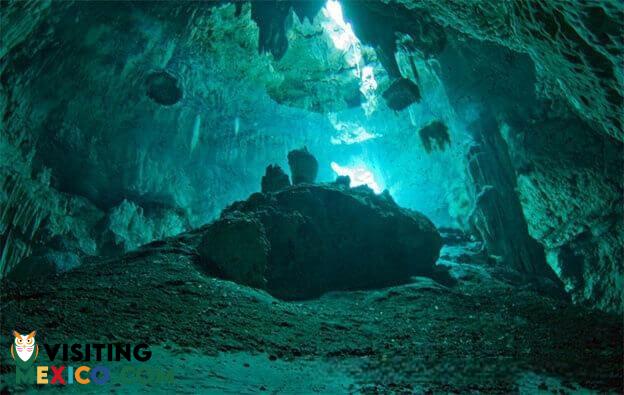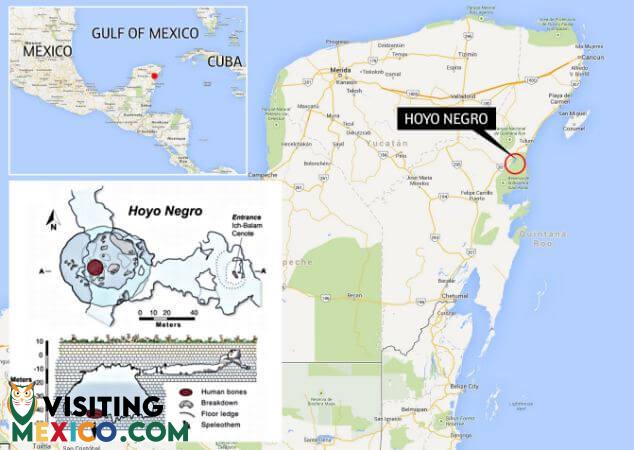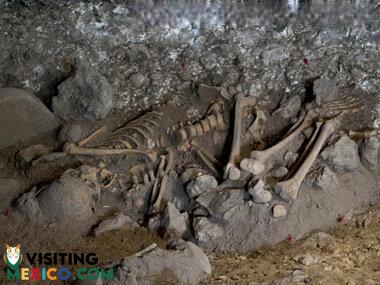Naia Discovered
City in Mexico
Mexico is revered the world over for its archeological sites. Recently it has made headlines with the discovery of ancient teen that divers found in an underwater cave. Revelations made this past spring about her DNA make this 13,000-year-old girl (name “Naia” by those who discovered her) one of the most extraordinary archeological finds in Mexico. As the teen’s skeleton is one of the oldest ever found in the Americas, it sheds light on the genetic ancestry of the earliest Americans and provides essential concrete evidence about where they came from before reaching the Americas.

Scientists believe that the teenage girl was probably hunting for water when she must have fallen into a pit within the cave system. At that early period of time, the caves of that region, about five miles from the Caribbean Sea, were not yet filled with water. The Yucatan Peninsula, of course, is world famous for its cave systems, which is one reason why divers were there exploring.
Where did Naia Come From?
The teen girl, who has been named Naia (which means water nymph in Greek), did not, according to scientists, look like typical Native Americans. In fact, her narrow-shaped skull and other features led scientists to initially speculate that she could have come to the Americas from Europe or other parts of Asia and not over the Bering Sea, which has been the predominant theory regarding entry to the continents. Naia is important, however, because her DNA does, in fact, have much in common with those Bering Sea travelers demonstrating that the differences in appearance in early skeletons do not necessarily support theories of alternative entries into the Americas. Her mitochondrial DNA is a match with those early Siberian explorers.

Now many scientists believe that the changes in appearance took place once the early Native Americans were already established in the Americas. Naturally, advances in DNA technology have allowed genetic scientists to make these interesting determinations that shed remarkable light on America’s ancient past.

What was Naia’s Life Like?
As one of the earliest Paleoamericans in Mexico, Naia was probably a hunter-gatherer. While her fall into the pit appeared to have fractured her pelvis, researchers aren’t sure if the fall killed her. Scientists have marveled at how well her bones have been preserved and that they possess most of her complete skeleton. She reflects the earliest Americans, those groups that traveled from Siberia over the land bridge across the Bering Sea before the seas rose to cover it.
The underwater caves of Mexico found in the Yucatan and elsewhere attract divers from all over the planet. Many are hopeful that they, too, will spot a Naia of their own or other artifacts that help explain what early life in Mexico and the Americas was like. Many ancient artifacts have, of course, been uncovered and are displayed in many of Mexico’s finest museums. While researchers are still puzzling over Naia, tourists have a myriad of opportunities to witness other ancient skeletons and artifacts when visiting the country’s historic collections. If you are a history buff, you may want to plan your next vacation to Mexico to find out more about how the earliest people in the Americas lived and thrived.


